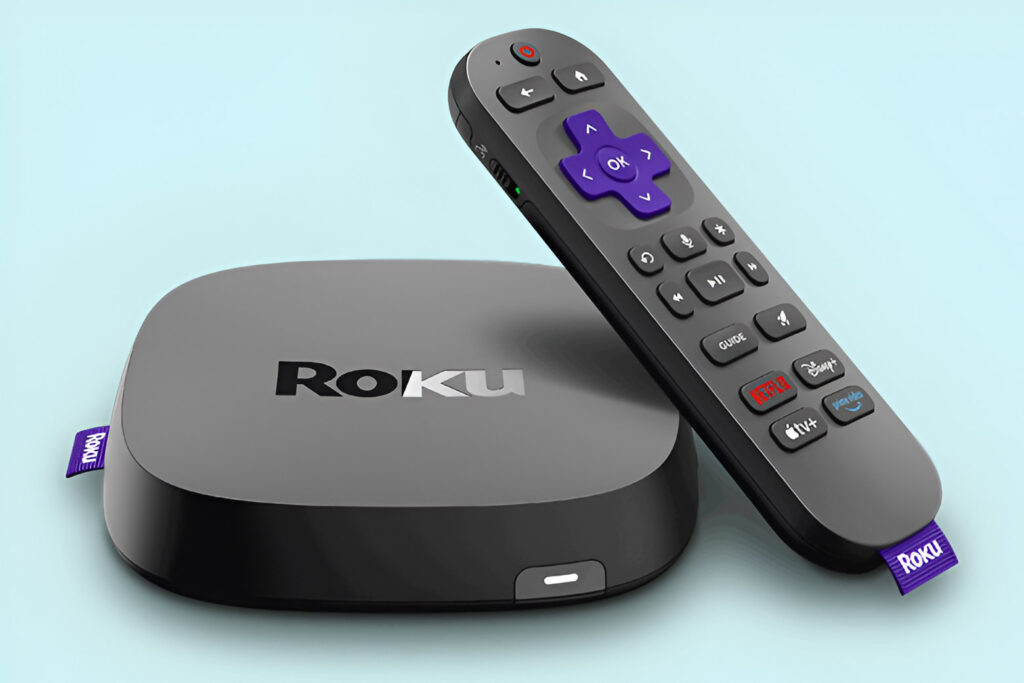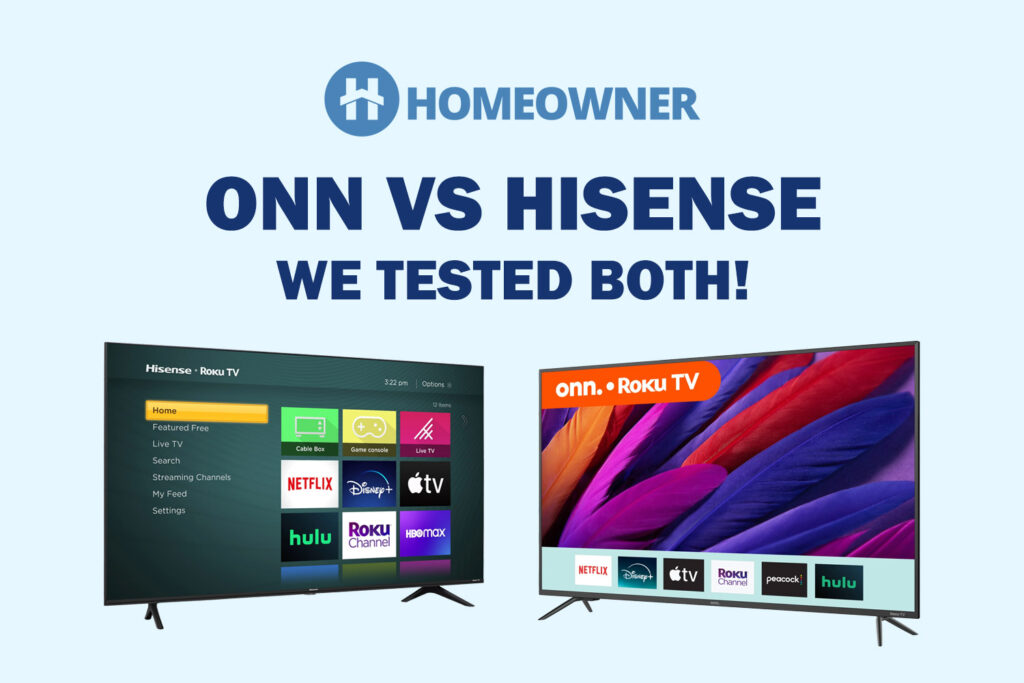If your home or business still uses the old traditional telephone, you will require a modem or modem/router combination with voice capabilities. However, not all of them support VoIP connectivity, so it's necessary to choose wisely.
Also, it's important not to choose a modem solely for its phone port availability. Instead, consider other factors such as compatibility with ISPs, internet plan support, DOCSIS version, upstream/downstream channels, and processing power.
Despite knowing your way around telephony cable modems, you might still goof up and get a subpar device. To avoid this, I tested 21 models with different Internet + Voice bundle services and picked the best possible options.
6 Best Modems with a Phone Jack in 2025
While I used 21 devices as a part of the testing process, I took the help of my parents, who still rely on the standard telephone at our old house. I took care of all technical aspects and got feedback from my parents about their practical experience. Finally, I qualified the top 6 modems for the job.
While the list starts with a high-end model, I have ensured that mid-range and budget value picks are also incorporated along the way.
1. Best Stand-alone Modem: Netgear CM2050V
- Works with Xfinity from Comcast Voice Service Plans. Not compatible with Verizon Fios, AT&T, and fiber Internet services.
- Best for cable provider plans up to 2.5Gbps
- Works with any WiFi router. Connect any WiFi router to this modem’s Ethernet port to support all your wireless devices
- For use with Xfinity Voice service and up to 2 telephone lines with enhanced call features including caller ID, 3-way conference calling, call forwarding and more
- 1 x 2.5 Gig Ethernet port for the fastest, true multi-gig Internet connections
Netgear CM2050V is arguably the best voice-capable modem on the market. Compared to the CM1150V, the CM2050V is a much better bet, courtesy of the multi-gig speed support. But despite being a premium device, it can only work with a single service provider, i.e., Xfinity by Comcast.
Ports and Connectivity
Here is a modem that makes room for a 2.5 Gbps Ethernet port so that you can make the best out of multi-gig plans. For voice connectivity, you get two RJ11 ports.
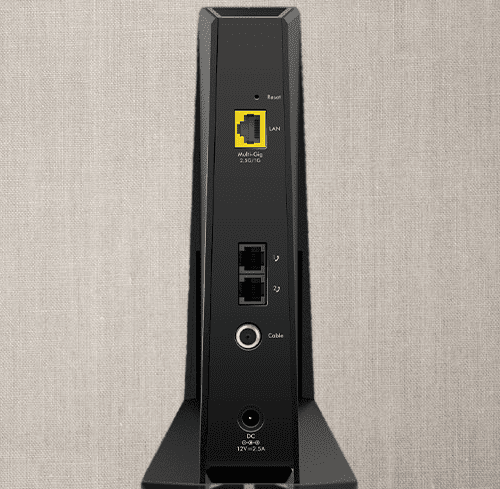
As far as ISP compatibility is concerned, the CM2050V can only work with Xfinity Voice and Internet packages.
Speed and Performance
The CM2050V instills the latest DOCSIS 3.1 standard with 32 upstream and 8 downstream channels. Although it has a theoretical speed as high as 2.5 Gbps, there's no such plan from Comcast. However, you can consider it for a Gigabit Extra 1200 Mbps plan. But for basic plans < 500 Mbps, it’s overkill.
To test the actual speeds, I paired the Netgear RAXE300 and used my staple iPhone 13 to record the output. Connected to WiFi, the test device at 20 feet yields 1176 Mbps and 191 Mbps with the Xfinity 1.2 Gbps plan.
And moving it farther to 40 feet had respective speeds of 0.91 Gbps and 156 Mbps. Adding to this is the 2 x 2 OFDM/OFDMA support. These features combined make it a suitable modem choice for high-end gaming.
Hardware & Performance
The multi-core chipset is resourceful, allowing you to scale beyond network congestion and interference easily. Complementing the same is 512 MB of RAM, which helps you manage some of the more complex tasks like gaming, streaming, call forwarding, and conference calling.
Conclusion
Netgear CM2050V is the best DOCSIS 3.1 modem for both internet and voice. It readily outpaces other options on the list, courtesy of the multi-gig internet support and features relevant to IP telephony. However, it comes at a cost and lacks multi-ISP compatibility.
For more detailed information, read the full CM2050V review.
Pros
- Multi-Gigabit speeds
- Two telephone ports
- DOCSIS 3.1 (backward compatible)
- Well-ventilated design
- Handles intensive tasks
Cons
- Expensive
- Only one ISP compatible
2. Best Modem/Router Combo: Motorola MT8733
Don't want the hassle of maintaining two different devices, i.e., a modem and a router? You're better off opting for a modem/router.
- Compatible with Xfinity Internet & Voice service - Certified by Xfinity and works flawlessly with Xfinity Triple Play. NOT compatible with non-Xfinity voice services.
- Multi-gigabit Internet speed - Delivers ultra-fast speeds up to 2.5 Gbps with next-generation DOCSIS 3.1 technology. Features one 2.5 Gigabit Ethernet port and three 1 Gig Ethernet ports.
- Superior, but pays for itself - Savings up to $168 per year on modem rental fees.
- Ultra Fast AX6000 WiFi Performance (WiFi 6) provides incredible speeds. Plus clear, uninterrupted calls - 2 phone lines for use with Xfinity service. Delivers enhanced call features including caller ID, call forwarding, and conference calling.
- Smart mobile app - Setup in minutes using the motosync app. Manage, optimize, and secure your connected home from anywhere.
If the standalone modem doesn’t cut the chase, then take a look at this feature-laid 2-in-1 device, Motorola MT8733. Aside from the latest modem techs like DOCSIS 3.1 and 32 x 8 channel bonding, its routing capabilities with dual-band Wi-Fi 6 support, decent range, and a multi-gig port seem great.
Ports & Connectivity
MT8733 slates premium rectangular aesthetics with one multi-gig (with 2.5 Gbps speed capacity) and 3 Gig-E ports on its rear panel. You can connect your gaming consoles directly to them for a no-nonsense network connection.
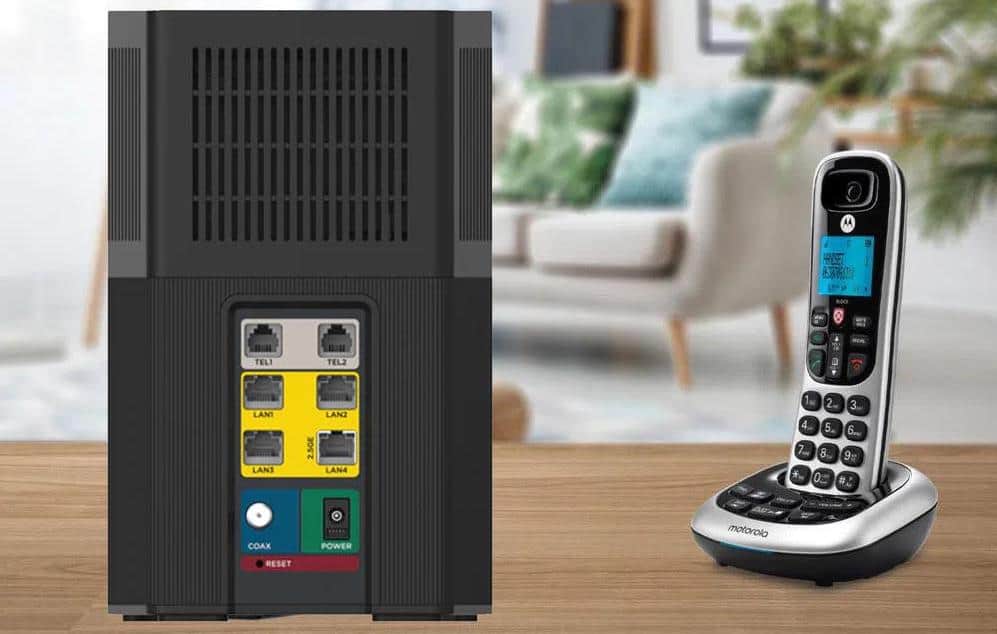
Besides, you can connect your landlines directly to the modem through its two phone ports. With Xfinity voice plans, it delivers advanced call features like call forwarding, caller ID, and conference calling.
Speeds & Performance
When it comes to speeds, the MT8733 with Wi-Fi 6 support maxes out at an aggregated value of 6000 Mbps, where the individual band speeds are as follows:
| 5 GHz: 4800 Mbps | 2.4 GHz: 1200 Mbps |
With the available throughput capacity and support for up to 2.5 Gbps internet plans, it makes sense to pair any high-gig plan. I took my staple Xfinity 1200 Mbps plan and used my Samsung S23 to gauge the results.
At 20 feet, the download and upload speeds clocked at 1126 Mbps and 189 Mbps, respectively. Meanwhile, moving the test device 40 feet away from the device got me 947 Mbps download and 161 Mbps upload speeds.
And the wired connection over the multi-gig port was even better, as the download speeds maxed at 1.96 Gbps.
Such higher speed (wireless or wired) makes MT8733 a highly efficient modem-router combination that undertakes bandwidth-intensive tasks. Playing games like Valorant, Destiny 2, and others at a 7ms average ping was a treat.
WiFi Coverage & Connections Capacity
Despite being a combo device, MT8733 bestows a maximum range of 2,500 Sq Ft, making it an ideal fit for most households. Four internal antennas laid with beamforming tech pave the way for the signals to travel as long as 2,200 Sq Ft.
Other than that, to manage traffic efficiently and ensure a better supply of signals to concerned devices, there is MU-MIMO and OFDMA tech. It facilitates connections on up to 35 smart devices with increased efficiency and reduced latency.
Hardware & Performance
Motorola is much reserved with sharing details of its hardware, but it’s safe to presume that this setup needs a high-end processor coupled with ample RAM. From the performance perspective, it seems that things are mostly done right, and you can trust it with your online activities like gaming, streaming, or others.
Conclusion
With the Motorola MT8733, you get an excellent inflow of signals throughout your space and lets you connect multiple smart devices without any network dropouts.
Besides, with a multi-gig port and a powerful processor, it’s a versatile device for high-quality voice calls. But all of these come at a price, which, IMHO, is totally worth it. In fact, you're getting better value than my top pick, courtesy of routing support.
To learn more about this device, refer to the full review.
Pros
- A built-in router
- High-end specifications
- Two phone line support
- Multi-gig ethernet port
- Decent WiFi range
- Excellent speeds
Cons
- Lacks multi-ISP support
- No USB port
- Pricey
3. Best For Gig Internet + Voice: ARRIS SURFboard T25
Note: This modem comes with an Intel Puma 7 processor, which may limit its performance in latency-prone tasks like gaming. However, I found no major lags while using it for basic home internet and voice. It's much improved from the Intel Puma 6 modems.
- Save Money: Own your modem and save. Reduce your cable bill up to 168 dollars per year in cable modem rental fees. For use with Xfinity Internet and Voice Service. Preset Wi-Fi Security: No
- Modem Technology: DOCSIS 3.1 is the newest technology available from cable internet providers. Its 10x faster than DOCSIS 3.0, provides better security, reduces lag while gaming and enables multi-gig networking (ability to run fast speeds on your copper cable from your internet provider).
- Simple and Secure Set-up: Plug-in the device, download the SURFboard Central App, and follow the instructions to activate the modem. Connect to a Wi-Fi router for networking.
- Compatibility: The SURFboard T25 is compatible with Xfinity Internet and Voice service and is approved for cable internet speed plans up to 800 Mbps.
- Xfinity cable modem 3.1 compatible internet computer networking modems approved docsis docis3.1 1 gig best for high speed with fiber optic gaming gigabit wifi 6 voice 2 telephony ports 800 mbps speed t 25 internet and voice plans
If you are subscribed to the Xfinity Gigabit + Voice bundle for your home or small business, ARRIS SURFboard T25 is the one I'd recommend. And if you have been using the likes of the ARRIS SBV3202, the T25 comes across as a better bet, courtesy of the higher peak speed and the latest DOCSIS technology.
Ports and Connectivity
The SURFboard T25 comes equipped with two Gig Ethernet ports and two telephone ports. Being a DOCSIS 3.1-powered modem, T25 is capable of sending data at a rate of 10 Gbps. But the absence of multi-gig ports limits its maximum speeds to 1 Gbps, and the 32 x 8 channel bonding lets the modem transmit speeds at its disposal.
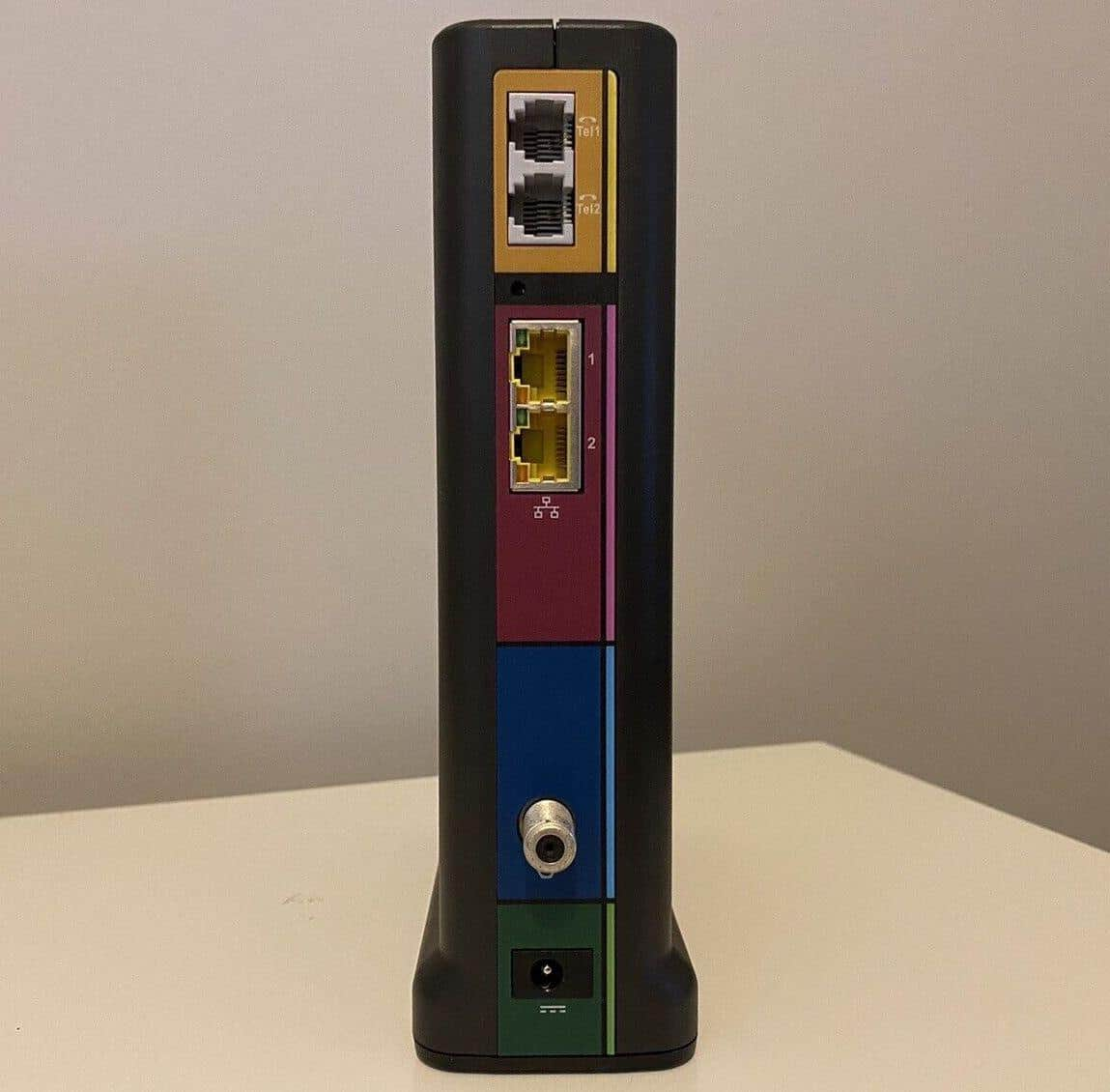
Speed and Performance
With the Xfinity Extreme Pro plan (800 Mbps) and TP-Link Archer AX73 router, the SURFBoard T25 managed impressive speeds. While using the ethernet port, I could log over 789 Mbps and 31 Mbps, respectively, for download and upload speeds.
Meanwhile, with a wireless connection, the device kept at 20 feet managed respective speeds of 771 Mbps and 29 Mbps, while at 40 feet, it was around 503 Mbps and 18 Mbps. The impressive throughput (both wired and wireless) can power any residential/commercial space with multiple devices running at once.
Hardware & Performance
The standard dual-core Intel Puma 7 processor is certainly not powerful; however, it gets compensated perfectly by a sizable chunk of RAM. And most importantly, this is one of the easiest devices to set up, courtesy of an interactive web interface.
The backward compatibility with DOCSIS 3.0 technology and 32 x 8 channel bonding support are added to this.
Conclusion
Overall, ARRIS T25 is a good DOCSIS 3.1-powered gigabit modem that has a phone jack for seamless telephone connectivity. And not to mention, it's much better than Puma 6 devices. If you've any further concerns, here's a comprehensive review of the ARRIS T25.
Pros
- Suitable for Gigabit subscribers
- DOCSIS 3.1 technology
- Two high-speed ethernet ports
- Two phone jacks
Cons
- Works only with Xfinity
4. Best VoIP Modem: Motorola MT7711
- High-speed AC1900 Wi-Fi Gigabit Router with 4 Gigabit Ethernet ports and 3 internal antennas support three send and three receive channels
- Two telephone ports support Xfinity Voice telephone service from Comcast. Supports enhanced call features like caller ID, call forwarding, conference calling, and more
- Device can be used without telephone services but is only compatible with Xfinity (Comcast) Internet Service. To disconnect the phone option please contact Motorola Network Support.
- AnyBeam beamforming at 2.4 GHz and 5 GHz focuses the signal on wireless clients to allow better performance and range
- Guest network access gives visitors Internet services while protecting your local network’s private information.
Motorola MT7711 is a fun modem + built-in router with a phone jack. And as compared to other combos like the MG7700, the MT7711 is a better pick, courtesy of the VoIP support.
Ports and Connectivity
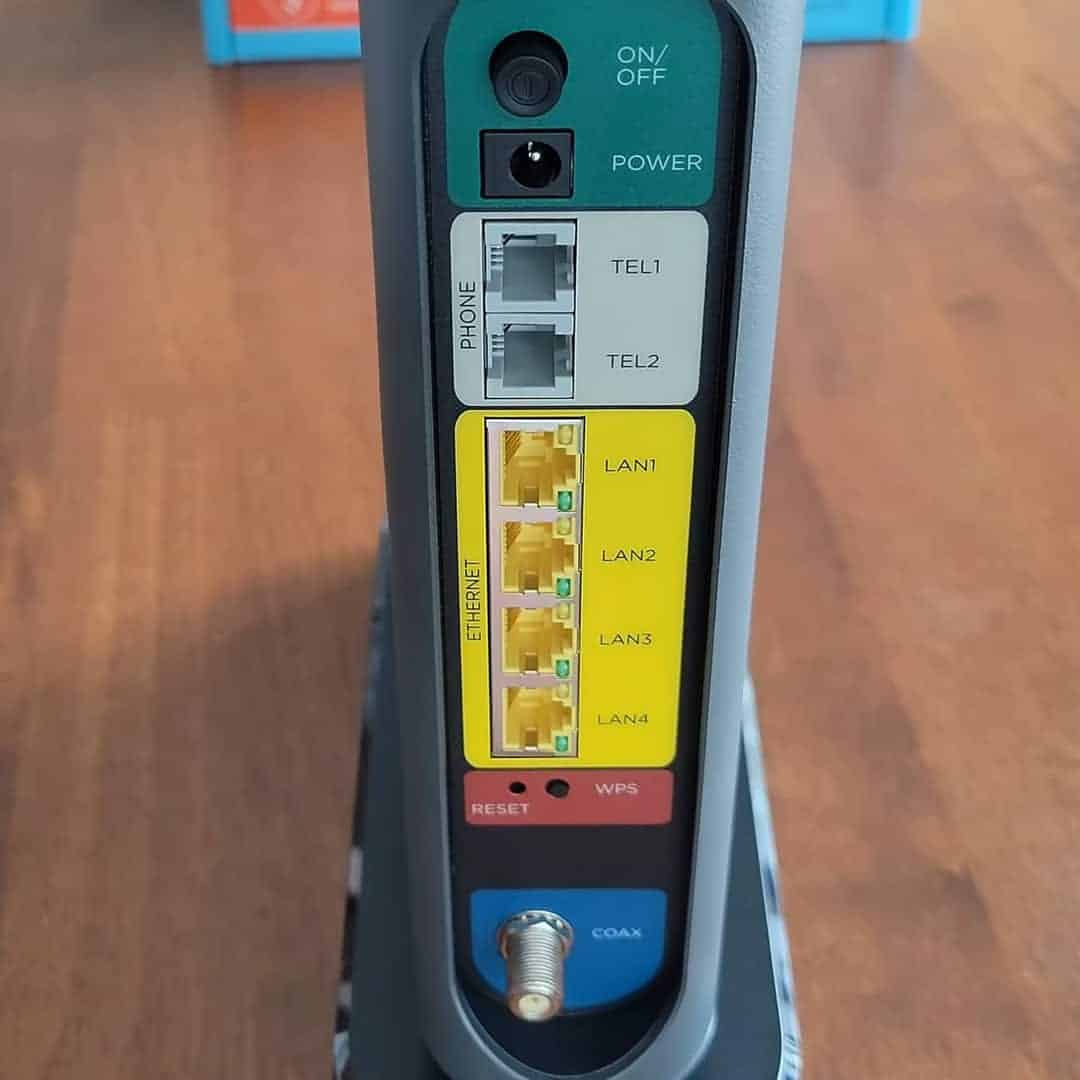
The extensive set of ports, including the 4 Gig ethernet slots and two dedicated phone jacks, add to the credibility of this affordable modem-router combo. It's one of the few Comcast-approved modems that you can pair with voice plans.
The modem part of the device assumes DOCSIS 3.0 networking technology followed by the 24 x 8 channel bonding support. And if you plan on pairing this with select internet plans, this device can be used to achieve peak speeds of up to 800 Mbps.
The routing portion of the MT7711 ensures dual-band access, supporting 2.4 GHz band speeds of up to 600 Mbps and 5 GHz band speeds of up to 1.3 Gbps.
Plus, you can still consider achieving Gigabit speeds if you pair this modem combo directly with gaming consoles via the ethernet ports, provided the ISP permits the same.
Speed and Performance
Lining up a DOCSIS 3.1 modem and a WiFi 5 routing standard, the maximum speed of Motorola MT7711 comes at 1900 Mbps. Its two bands have a respective speed share as follows:
| 5 GHz: 1300 Mbps | 2.4 GHz: 600 Mbps |
As far as the actual speeds are concerned, the results with Xfinity Extreme Pro were more than decent. In particular, downloads at 20 feet raked at 741 Mbps, while 28 Mbps was the upload speed.
Although speeds dropped to 503 Mbps and 20 Mbps in my 45 feet distance test, it was ample to stream online videos, play casual games, browse the web, and keep your devices online.
Hardware & Performance
The Broadcom processor is fast and even protects you against DDoS attacks. Plus, the multi-core chipset opens doors for a power boost and beamforming support.
Conclusion
2-in-1 wireless gateways with phone ports are hard to find. Motorola MT7711 adds to the elusiveness by being one of the stand-out devices in the mentioned category, courtesy of the budget price module and 4 Gig ethernet ports.
For more details and specifics, check out the MT7711 review.
Pros
- Several ethernet ports
- One of the more secure devices
- DOCSIS 3.0 cable modem
- Beamforming support
Cons
- Not a future-proof modem
- Far band speeds aren’t the best
5. Best Budget Combo: Netgear C7100V
- Compatible with major cable internet providers including Xfinity, Spectrum, Cox and more. NOT compatible with Verizon, AT&T, CenturyLink, DSL providers, DirecTV, DISH and any bundled voice service. Best for cable provider plans up to 2Gbps
- Coverage up to 2,000 sq. ft. and 25 concurrent devices with dual-band WiFi 6 (AX2700) speed (up to 2.7Gbps)
- 4 X 1 Gig Ethernet ports (supports port aggregation) and 1 USB 3.0 port for computers, game consoles, streaming players, storage drive, and other wired devices
- Replaces your cable modem and WiFi router. Save up to $168/yr in equipment rental fees
- DOCSIS 3.1 and 32x8 channel bonding
Next on my list is yet another combo device, but this time a budget-friendly. Packed with a versatile port setup and decent specs like DOCSIS 3.0, 24 x 8 channel bonding, and dual-band Wi-Fi 5, Netgear C7100V delivers great value.
Ports & Connectivity
The Port setup of C7100V is actually vast, with four ethernet ports with Gigabit speed capacity and two USB 2.0 ports to connect any external devices.
Although there aren’t any multi-gig ports (and no other device in this range comes with one), multiple ports make way for extended wired connectivity. Besides, there are two phone ports for seamless phone connections.
Speeds & Performance
The modem-router combo with a Wi-Fi 6 standard has a speed rating of AC1900, split between its two bands as follows:
| 5 GHz: 2700 Mbps | 2.4 GHz: 600 Mbps |
To gauge its performance, I subscribed to the Xfinity Fast (400 Mbps plan) and used my iPhone 13 to record the results.
When it’s 20 feet away from the device, the respective speed for download and upload was around 366 Mbps and 21 Mbps. And when moved further away to 40 feet, speeds dropped by 24% to 277 Mbps and 16 Mbps, respectively.
That’s not level with my top picks, but such speeds are good enough for basic home internet + voice setups. And if you seek better speed or latency, there are always those four Ethernet ports available.
WiFi Coverage & Connections Capacity
In theory, the Netgear C7100V can transmit signals to an area as large as 2,000 Sq Ft. And in reality, the powerful antennas with beamforming+ tech cover up to 1,670 Sq Ft with decent signals. I could attend video calls on Zoom and Skype without any jitters or network drops, even in the corner.
The modem-router combo additionally entails MU-MIMO tech to transmit signals of equal strength to the connected devices. That was reflected in the 22 devices I connected at a time. The devices included laptops, computers, smartphones, smartwatches, and others.
Hardware & Performance
C7100V packs a powerful 1.6 GHz combined processor to manage the traffic and handle the data well. It’s further complemented by 256 MB RAM, and the performance should clearly reflect in the tasks you perform.
Other than that, there’s a 128 MB flash memory to store the firmware updates and keep your devices always working in top condition.
Conclusion
Netgear C7100V is an excellent budget combo that doesn’t overdo or underdo in terms of the features and performance it delivers. It might not be the fastest one out there, but it sure is very reliable to handle most of your internet-based tasks in a jiffy.
Pros
- Handful of ports
- Decent speeds
- Good WiFi range
- Easy to setup
- Beamforming+ and MU-MIMO
Cons
- Older networking technologies
6. Best for Low-Speed Plans: Netgear CM500V
If you’re a professional working from home, a student, or someone looking for a cheap yet dependable voice modem, Netgear CM500V should be your go-to pick.
Its feature sets like DOCSIS 3.0, a Broadcom-based processor, compatibility with major ISPs, and support for low-tier internet plans up to 300 Mbps keep it well ahead of most ISP-rented gateways.
Ports & Connectivity
Netgear CM500V, with its sleek, shiny black plastic casing, has a coaxial input, power port, and a Gigabit Ethernet port on its rear panel. The wired connection options are few, but you can always plug in your gaming console to have a better experience. However, there are no USB ports, as with most voice and data modems on my list.
Speeds & Performance
The CM500V comes with an old DOCSIS 3.0 tech and 16 upstream and 4 downstream channels, but it still holds relevance in a neighborhood that primarily relies on cable-based internet.
As mentioned by the manufacturer, it supports internet plans up to 300 Mbps, which is still good enough for most households. And if you pair a relevant budget router, there shouldn’t be any issue in handling at least 15-20 devices.
To test it out, I paired CM500V with the Xfinity 300 Mbps plan. Upon performing the speed test with the Netgear Nighthawk RAX54S router, the devices kept at 20 feet managed 276 Mbps for download and 19 Mbps for uploads.
Moving the devices farther away at 40 feet resulted in respective speeds of 153 Mbps and 12 Mbps. This doesn’t make the fastest, but my WiFi mapper app reveals signal quality was decent all around, and any of my office-based tasks were easily executable.
Hardware & Performance
Netgear hasn’t disclosed any information regarding what’s inside this CM500V modem, but I can confirm something powerful is there. Besides, decent RAM and flash memory are there, which ensures your performance doesn’t drop suddenly. My tests actually confirm that.
Conclusion
Even in the era of fast internet, Netgear CM500V holds its relevance despite being launched long ago. The capabilities aren’t top-tier, but decent speed, processing ability, and other features make it one of the best budget options for households with internet speed equal to or less than 300 Mbps.
Pros
- Good enough speed
- Affordable price
- Simple setup
- Netgear's reliability
- Multiple status-indicative lights
Cons
- Low-tier specs
Frequently Asked Questions
If you have a VoIP-supported cable modem by your side, you can plug the analog telephone into the phone jack and make use of the IP telephony. However, before proceeding, you need to check the RJ11 port and cable compatibility.
Modems with built-in analog telephone adapters or ATA offer IP telephony or VoIP services by making room for telephone ports.
Modem-router combos that have voice ports are versatile networking devices for easy setup, especially if you want to save space by getting something more inclusive.
Verdict
While I have reviewed the top 6 voice-supported cable modems, I believe that more use-case-specific segregation would be better. So here are the picks that I would recommend if you want to purchase something more exclusive:
- Large businesses and corporate offices can make the best use of the Netgear CM2050V as it promises excellent VoIP and internet throughput.
- If you are interested in a high-performance modem/router combo with a phone jack, the Motorola MT8733 is the one to go for.
- For budget combo seekers, Motorola's MT7711 is a good choice.
- Lastly, if you need a cheaper yet dependable device for low-speed plans & voice, the Netgear CM500V is your best bet.
I hope this article was helpful. Thanks for reading!







